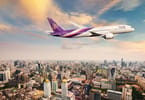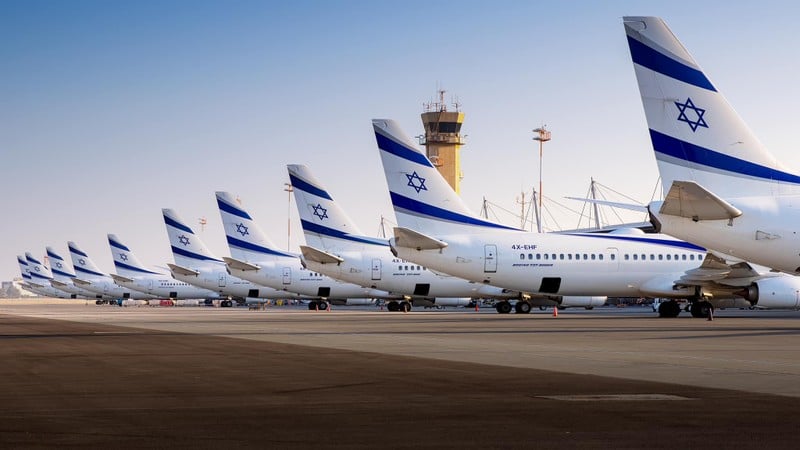LONDON – Soaring aircraft leasing costs, unexpected maintenance problems and an oil price sticking stubbornly above $100 a barrel are giving a new breed of all-business airlines a bumpy ride.
Throw in an expected increase in competition on transatlantic traffic, a fast-deteriorating economic climate and the decision of established players British Airways and Singapore Airlines to dabble in the niche premium segment, and it looks like MaxJet Airways may soon have company in the cemetery of defunct business-only start-ups. See inside these all-business carriers.
MaxJet, a U.S.-based carrier, went bust in December, barely two years after its launch, because of spiraling costs, competition pressure and weakening market confidence. Its demise sparked concern about the viability of the premium-only business model.
The three remaining start-ups, Eos Airlines of the U.S., Silverjet of the U.K. and L’Avion of France, must now prove they have found the secret of long-term survival.
Industry observers, however, believe it’s too early to call any of them a success, and warn that not all these carriers will survive.
“None of them has made it in the sense of being profitable and having established their potential,” said Robert Cullemore of U.K.-based consultancy Aviation Economics.
Diverging strategies
Is there just one route to success for these 100% business-class carriers?
They certainly hope not, and have adopted different strategies.
The most upscale of the bunch, Eos Airlines – named for the winged goddess of Greek mythology – flies up to four times a day from London’s Stansted airport to New York JFK. It has spared no expense to woo the world’s most demanding and time-deprived travelers, flying just 48 of them in four Boeing 757s. That aircraft is equipped on most commercial flights to handle as many as 220 passengers.
Perks include flat beds, free helicopter rides from helipads in Manhattan to JFK, champagne and the use of Emirates Airline’s lavish lounges. Return flights on the “uncrowded, uncompromising” airline to New York start at 1,500 pounds ($2,981).
“They’re running a first-class product rather than a business-class one,” said Webster O’Brien, a vice president at U.S.-based aviation consulting firm SH&E. “Eos is pursuing something quite distinct from what L’Avion and Silverjet are doing,” he said.
Privately financed and founded by a former head of strategy at British Airways, David Spurlock, Eos has until focused on adding frequency to its London-New York route, rather than expanding its network, which analysts believe is the right decision.
“You have to be the best in the route you’re in before you expand,” said Diogenis Papiomytis, a consultant in the commercial aviation practice of Frost & Sullivan.
He stressed that Eos benefits from committed investors willing to give it the time needed to succeed. As a result, the carrier hasn’t rushed its expansion.
“It usually takes two to three years for a new airline to be proven,” he said.
It is impossible to know exactly how well Eos is doing, as it doesn’t publish detailed financial results. But its recent decision to start flying to Dubai suggests it is reasonably confident about the success of its New York route.
The move is part of the airline’s strategy to expand its customer base beyond the business world and reach younger, well-off private travelers. Further marketing plans include a potential hotel-company deal and the introduction of high-end goods and gadgets on board.
Eos’ biggest rival, now that MaxJet has disappeared, is Silverjet.
Perhaps not as luxurious, but still “very sivilized,” as its slogan claims, the carrier flies twice daily from the London-area’s Luton airport to Newark, N.J., and once a day from Luton to Dubai. Its three 767s are fitted for 100 passengers. Return flights start from 1,099 pounds ($2,207).
Unlike Eos, Silverjet is a listed company. So investors know exactly how rough the takeoff has been and have sent its share price tumbling. Floated in May 2006 on Aim, a U.K. market for emerging companies with fewer discloser rules, the shares climbed to a peak of 209 pence in March 2007, but have since plunged 91% to 19 pence.
Observers said the decision to list the airline before it made money may have been a mistake. “It was a bad idea to list a carrier not yet profitable because you have to publish everything,” said Papiomytis of Frost & Sullivan.
Yet Silverjet Chief Executive Lawrence Hunt remains optimistic. He said last month he’s confident the carrier will achieve its first profitable month in March. He said the airline needs a load factor, or a ratio of passengers to available seats, of 65% to break even. In January it had a load factor of 57%.
The next few months will be crucial for Silverjet, analysts said, particularly as it takes delivery of two additional aircraft this spring. It won’t say where they’ll fly, though speculation has centered on South Africa, the U.S. West Coast and India as possible destinations.
marketwatch.com
WHAT TO TAKE AWAY FROM THIS ARTICLE:
- Throw in an expected increase in competition on transatlantic traffic, a fast-deteriorating economic climate and the decision of established players British Airways and Singapore Airlines to dabble in the niche premium segment, and it looks like MaxJet Airways may soon have company in the cemetery of defunct business-only start-ups.
- Privately financed and founded by a former head of strategy at British Airways, David Spurlock, Eos has until focused on adding frequency to its London-New York route, rather than expanding its network, which analysts believe is the right decision.
- market for emerging companies with fewer discloser rules, the shares climbed to a peak of 209 pence in March 2007, but have since plunged 91% to 19 pence.






















